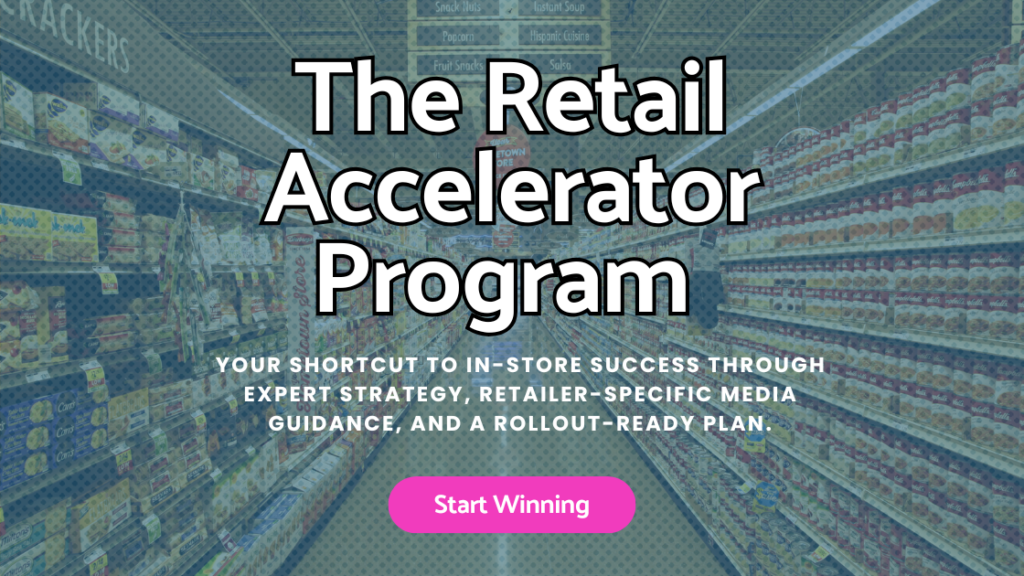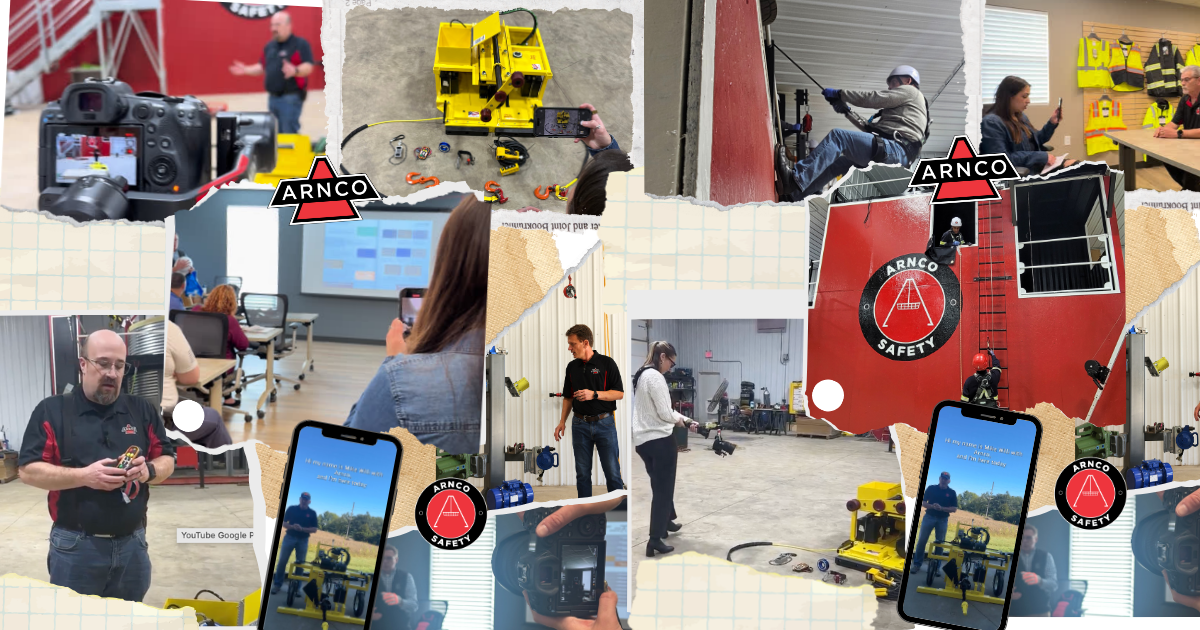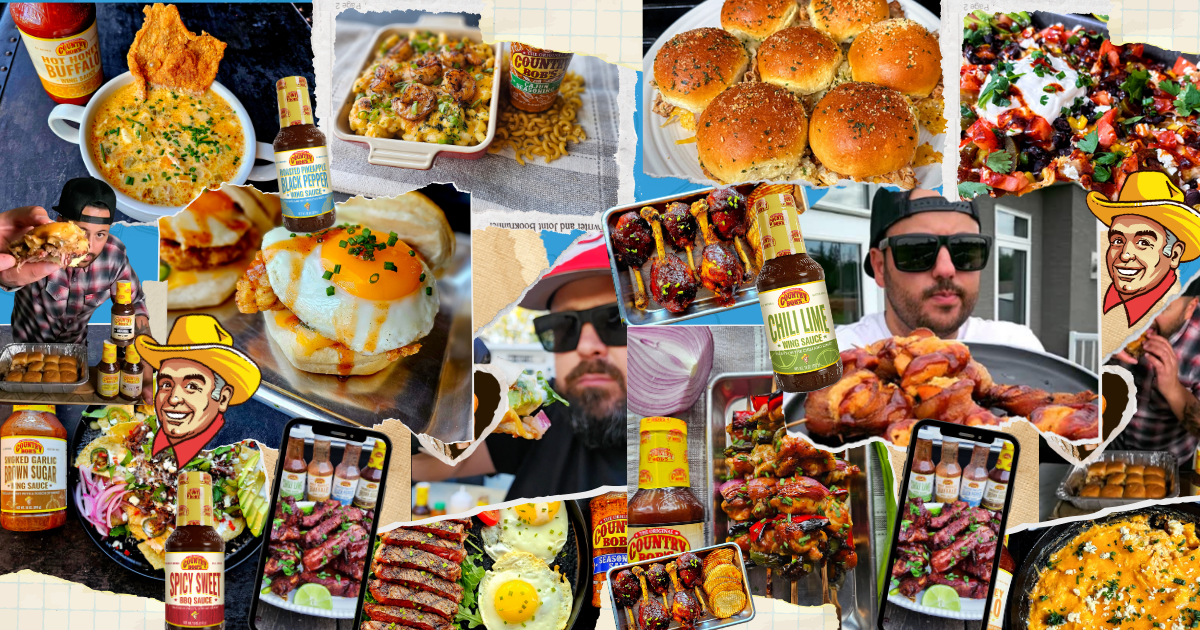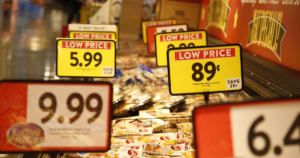Your consumers are waiting for you online – is your paid digital media strategy optimized from a platform, design, messaging and budget perspective to find them?
Navigating paid media as part of your retail marketing strategy can be a daunting task for Consumer Packaged Goods (CPG) brands. Without a well-thought-out plan, it’s all too easy to pour substantial marketing dollars into the vast ocean of digital advertising and struggle to attribute your reporting, only to see minimal returns.
While paid media offers unparalleled opportunities to reach and engage consumers, jumping in without a clear plan can be a costly misstep. Lured by the promises of vast reach and high engagement, CPG brands often find themselves in a tricky spot, spending without seeing the desired outcomes.
In this guide, we’ll explore how to strategically leverage paid media for your shopper marketing strategy, ensuring that every dollar spent translates to genuine value for your brand.
What are the most effective CPG paid media channels?
The Retail Media Side of Paid Media
Retail media is no longer a supplementary option; it’s now the backbone of digital advertising for CPG brands. Retail media comprises both digital channels and traditional media channels like TV and radio. Retail media can include outlets owned by retailers or operating in direct collaboration with them. For example, think of those sponsored placements you see on a retailer’s website or offsite display ads in multiple formats.
Retail media campaigns hold the potential to drastically influence shoppers’ buying decisions right where it matters most — at the point of purchase.
Successful campaigns stand out in a saturated market by leveraging vast troves of retail data. This way, your campaign can serve highly tailored ads that will increase the chances of conversion. Yet, for all the potential benefits, designing and executing a compelling campaign isn’t straightforward. It requires a series of meticulous steps, backed by clear objectives and measured with key performance indicators (KPIs).
For instance in 2023, Cliffedge Marketing crafted a retail media strategy for Sunkist with the primary objective to boost sales of select citrus varieties during their peak season. This overarching goal directed all subsequent actions including: identifying appropriate retail media partners, streamlining communication with vendors and crafting engaging creative aligned with the Sunkist brand. Cliffedge used specific KPIs to then measure the ad click-through rates (CTRs) and add-to-cart metrics.
While your retail media strategy can be a powerful lever in sales, it’s not just isn’t just about consumers. You can also use it as a powerful tool for strengthening ties with retail partners. An effective media strategy can increase sell-in with your retailers. While it may be tempting to replicate the same marketing tactics for each retailer, it’s important to have a unique media strategy for each retail partner.
Managing different partnerships and strategies across a variety of retailers can be challenging for CPG brands, which is why Cliffedge has successfully helped many grocery and CPG brands outsource their retail media marketing efforts.
The Social Media Side of Paid Media
With the number of active users on social media, the importance of social media marketing cannot be understated. Social media channels have some of the lowest costs per engagement. For example, costs per click rates for Facebook in 2023 so far have been averaging around $0.97. That’s why social media offers big ROI opportunities for brands willing to invest the time and creativity.
The good news is that your audience is most certainly scrolling. From Gen Z to Baby Boomers, everyone’s on social media. And, since it’s where your consumers hang out, it should be a key place where your brand gives them the opportunity to share experiences and make purchasing decisions. The age of celebrity endorsements isn’t over; it’s just shifted to social media. In fact, collaborating with micro-influencers provides brands with a trusted voice that consumers listen to.
To highlight the effectiveness of social media, Cliffedge client Country Bob’s, a midwest sauce brand, turned to Cliffedge Marketing to amplify sales of their All Purpose Sauce at Walmart. To penetrate this massive marketplace, Cliffedge helped them develop a digital strategy focused on social media marketing. By capitalizing on geo-targeted social media ads aimed at specific Walmart locations and key demographics, Country Bob’s saw noticeable uplift in sales. Additionally, a meticulously curated influencer program contributed to an impressive digital footprint, with content like recipe videos amassing nearly 450,000 views on Instagram reels. This success story underscores the potency of social media when tailored to a brand’s unique challenges and objectives.
How much should a CPG brand spend on digital advertising?
Financial savviness is just as important as creative in digital advertising, which is why it’s important to know your industry benchmarks. As a rule of thumb, Cliffedge suggests allocating at least 20% of your overall budget to paid media support. From there, dollars can be allocated to various channels. In 2022, CPG executives in the US apportioned an average of 18% of their advertising dollars to retail media networks (RMNs), with 65% planning to spend more the following year, indicating the growing clout of retail media in the CPG sector.
At Cliffedge Marketing, we believe in creating shopper marketing strategies using data-backed decisions. By working closely with our clients, we meticulously assess sales metrics and act as a careful steward of your digital advertising budget by determining the ideal ad expenditure per store that will catalyze sales growth.
Tips for Executing a Successful Paid Media Strategy
Diversification is the linchpin of a successful paid media strategy. To ensure this diversification, your brand must adopt a broad channel spread with both retail and social media because it’s unwise to channel all efforts and resources into a single platform or media type.
Adopt a Multichannel Approach
As part of your multichannel shopper marketing campaign, you can harness the power of media in retail stores by experimenting with the capabilities of programmatic ads and point of purchase displays. Simultaneously, your brand can utilize paid ads on at least 2-3 core social platforms (Facebook, Instagram, Tiktok, Youtube, etc.). But remember, while paid strategies draw attention, they should be effectively complemented with organic content and regular email campaigns to nurture leads and existing customers.
Craft a Variety of Targeted Messages
Message variety is another crucial element to infuse into your paid strategy. A monotonous or repetitive narrative can bore potential consumers. Ensure a mix of messages that shed light on product features, its benefits, testimonials from satisfied users, entertaining content and vital details on purchase points.
Alongside crafting diverse messages, boost your audience engagement with well-thought-out promotions. The allure of a giveaway, a creatively executed contest or a campaign tethered to a cause can act as significant crowd-pullers. However, while creativity and variety are vital, the foundation of a successful paid media strategy is analytical rigor.
Focus on Analytics and Adjust Accordingly
Digital advertising is a dynamic, perpetually evolving channel. Trends shift rapidly, and the content that resonated with your audience a year ago might fall flat today. Brands must be agile, keeping tabs on top-performing content and vigilantly monitoring key metrics like CTR, video engagement rates and the lifespan of campaigns.
To make sure your paid media efforts are optimized, engage in frequent testing – from CTAs and ad placements to influencer partnerships. You’ll also need to routinely gauge the ROI across all channels, ensuring every marketing dollar is well-spent.
To do this, we recommend adopting a scientific approach in your marketing so that you can identify the most effective campaigns and messages. By working with our experienced team at Cliffedge Marketing, your CPG brand can trust that campaigns are being run effectively, saving you time and expense.
Build a Paid Media Strategy with the Shopper Marketing Experts
Paid media represents a vast ocean of opportunity for your CPG brand. As retail and digital landscapes evolve, so should your shopper marketing strategies. From selecting the right channels and designing compelling narratives to harnessing the power of data-driven insights and consistently executing, every step is crucial. Don’t get lost in the vast sea of possibilities!
Instead, let the experts at Cliffedge Marketing guide you.
We’ll help you anchor your brand’s presence with an effective paid media strategy that truly resonates with your audience. We will work alongside your brand to research, budget, develop and execute a plan that gets results! Are you ready to propel your CPG brand’s paid media strategy forward?














